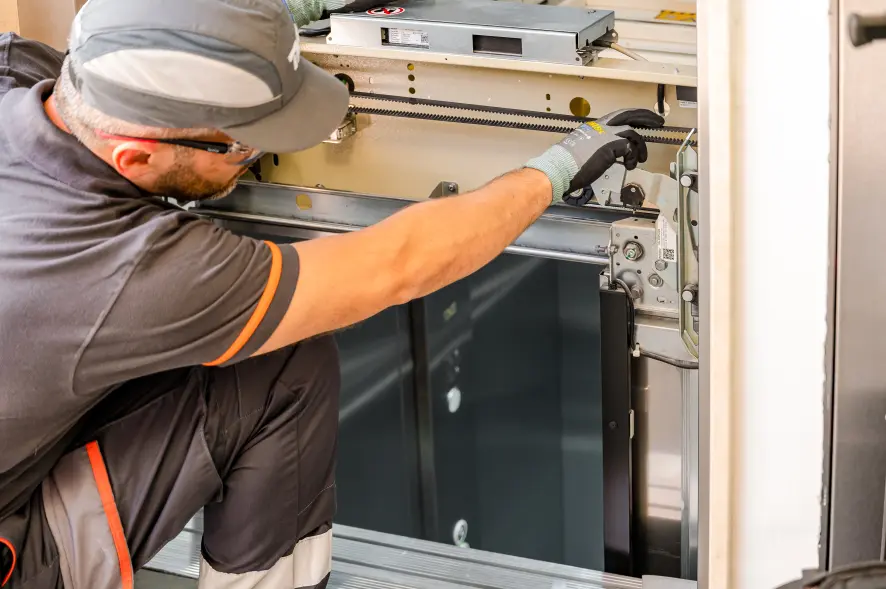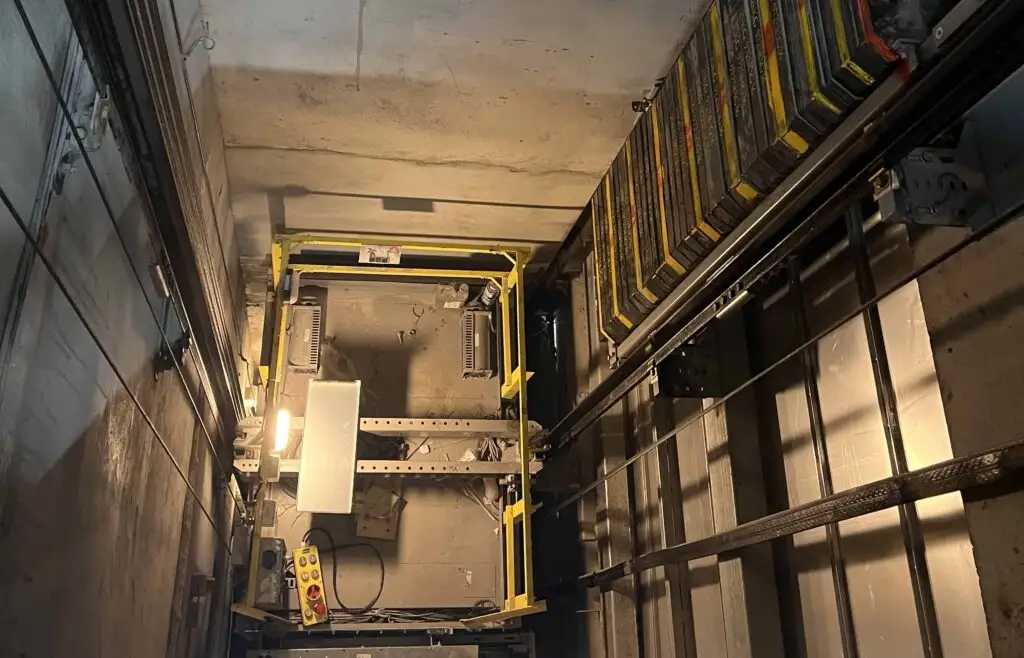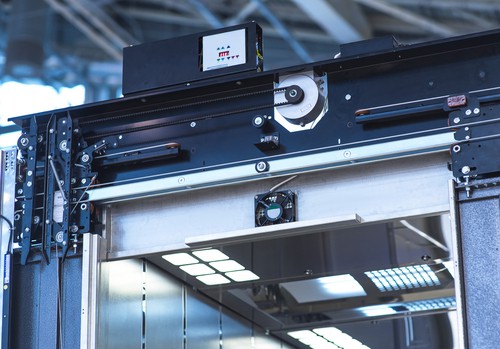Top Quality Lift Maintenance Repair by Certified Professionals
Top Quality Lift Maintenance Repair by Certified Professionals
Blog Article
Pro Tips for Maintaining Your Lift in Top Problem: A Thorough Overview
Ensuring the ideal functioning of a lift system is important for a reliable and risk-free operation in various setups, from industrial warehouses to business buildings. By sticking to a structured maintenance regimen and preemptively addressing possible concerns, lift owners can minimize expensive downtime and safety and security threats.

Value of Normal Maintenance
Routine upkeep of your lift is critical to ensure its optimal performance and longevity. By adhering to a routine upkeep timetable, you can recognize and deal with potential problems prior to they intensify right into costly repair services or unanticipated downtime. Regular maintenance jobs such as lubricating moving parts, inspecting for damage, and examining hydraulic systems can assist stop breakdowns and guarantee secure procedure.
Ignoring routine upkeep not just compromises the efficiency of your lift but also poses safety threats to individuals and property. Parts that are not effectively kept may fail unexpectedly, bring about mishaps or damage to the lift itself. In addition, resolving problems beforehand with maintenance can expand the life-span of your lift and minimize the probability of significant break downs.
In enhancement to improving security and efficiency, routine upkeep can likewise conserve you money in the future. By spending in precautionary maintenance steps, you can prevent expensive repair work or replacements that may arise from ignoring the maintenance of your lift. Overall, prioritizing regular upkeep is crucial for making the most of the capability and long life of your lift system.
Leading Components to Check

In addition, pay close interest to the lift's security functions, such as emergency situation stop buttons, security sensing units, and interlocking devices, to ensure they are operating properly. Routinely examine the lift shaft for debris or blockages that can impede the activity of the lift cars and truck.
Proactive Fixing Methods
When confronted with possible lift system concerns, adopting positive repairing methods can significantly enhance functional effectiveness and prevent expensive downtime. One of the essential aggressive repairing strategies is to frequently analyze and check lift efficiency data. By tracking metrics such as lift rate, motor temperature level, and power intake, maintenance teams can recognize very early indicators of prospective concerns and take corrective activities prior to they escalate. Performing regular visual assessments of essential parts, such as cable televisions, pulley-blocks, and safety devices, can also help in detecting wear and tear or misalignments that might result in malfunctions. In addition, applying a precautionary maintenance schedule that consists of lubrication of relocating components, screening of emergency brakes, and calibration of sensing units can proactively attend to usual lift system troubles.
Furthermore, buying training programs for maintenance browse around this site personnel on troubleshooting strategies particular to the lift design mounted can empower them to detect and fix problems quickly. By remaining ahead of go prospective troubles via positive troubleshooting, lift operators can make sure a smoother and more reputable operation while lessening the danger of unanticipated failures.
Vital Lubrication Practices
Implementing appropriate lubrication methods is critical for ensuring the smooth procedure and longevity of lift systems. Normal lubrication aids lower friction in between relocating parts, protecting against wear and tear that can lead to pricey repair services and downtime. When it concerns lift maintenance, complying with a strict lubrication routine is vital.
Selecting the right lubricant is the initial step in efficient upkeep. Various parts of the lift system might require certain sorts of lubes, such as grease or oil. Seek advice from the producer's guidelines to figure out the proper lubes for every part.

Address any issues without delay to avoid further damage and make certain the continued smooth operation of your lift system. By focusing on appropriate lubrication techniques, you can extend the life expectancy of your lift and enhance its efficiency.
Security Actions for Lift Operators
In order to keep a safe workplace and promote operational efficiency, lift drivers need to rigorously follow suggested safety procedures, together with focusing on vital lubrication practices for optimal lift performance. Security procedures for lift operators are crucial to prevent crashes and guarantee the smooth performance of the lift system. Operators needs to undertake click reference thorough training on correct lift operation, emergency situation procedures, and safety and security standards. Regular equipment assessments and maintenance checks are imperative to recognize and attend to any prospective safety and security dangers without delay. It is essential for drivers to always adhere to manufacturer suggestions for lots capabilities, operational restrictions, and safety attributes use.
Additionally, lift drivers need to focus on personal safety devices (PPE) such as headgears, gloves, and safety and security harnesses when functioning at heights or taking care of heavy loads. Clear communication among drivers, upkeep service technicians, and other personnel is important to protect against misconceptions that could bring about crashes. Last but not least, operators must stay cautious, focused, and avoid distractions while operating the lift to ensure the safety of themselves and others in the location.
Verdict
Finally, maintaining a lift in top problem is important for making certain safety and effectiveness in operations. Routine upkeep, thorough inspections of crucial elements, proactive troubleshooting, appropriate lubrication practices, and adherence to precaution are vital for prolonging the life expectancy of the lift and stopping mishaps. By complying with these guidelines, lift operators can ensure the continued performance and security of their devices.
By sticking to an organized upkeep regimen and preemptively resolving prospective problems, lift owners can minimize expensive downtime and security threats. Regularly inspect the lift shaft for particles or blockages that can hamper the motion of the lift cars and truck.In order to preserve a risk-free working environment and promote functional effectiveness, lift operators must carefully stick to recommended security protocols, alongside focusing on necessary lubrication methods for optimal lift efficiency. Security steps for lift operators are crucial to protect against mishaps and guarantee the smooth functioning of the lift system. Normal maintenance, comprehensive inspections of crucial elements, proactive troubleshooting, appropriate lubrication practices, and adherence to security steps are essential for prolonging the life-span of the lift and avoiding crashes.
Report this page